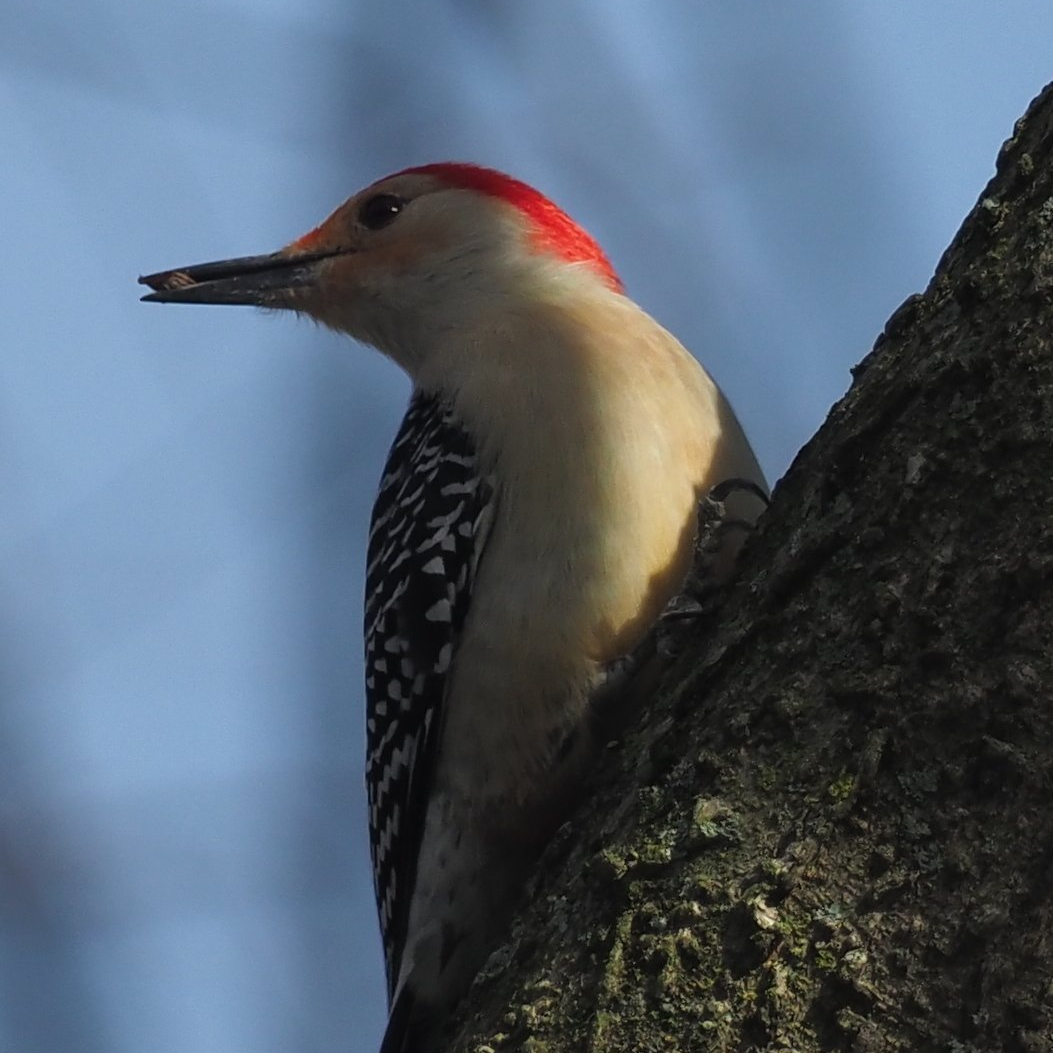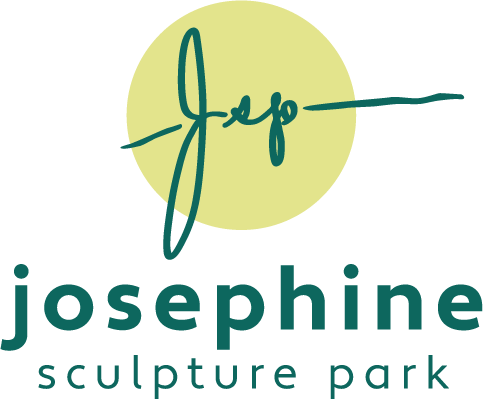Conservation
Where Art Meets The Earth
"Where Art Meets The Earth" is more than a tagline for us. Conserving the 40-acre park property and restoring its native wildlife habitat are fundamental projects for staff, volunteers, and partners. We know that connecting with nature improves the social and ecological health of our communities and inspires long term action to care for the environment.
The park grounds provide a variety of ecosystems to explore. The 70+ artworks are strategically placed along 2 miles of mowed trails that wind throughout the rolling terrain of meadows, fields, and young forests. Ongoing initiatives focus on revitalizing several wooded areas, introducing native plants, and removing invasive plants throughout the park. Look for educational signage to learn about the conservation work in progress.
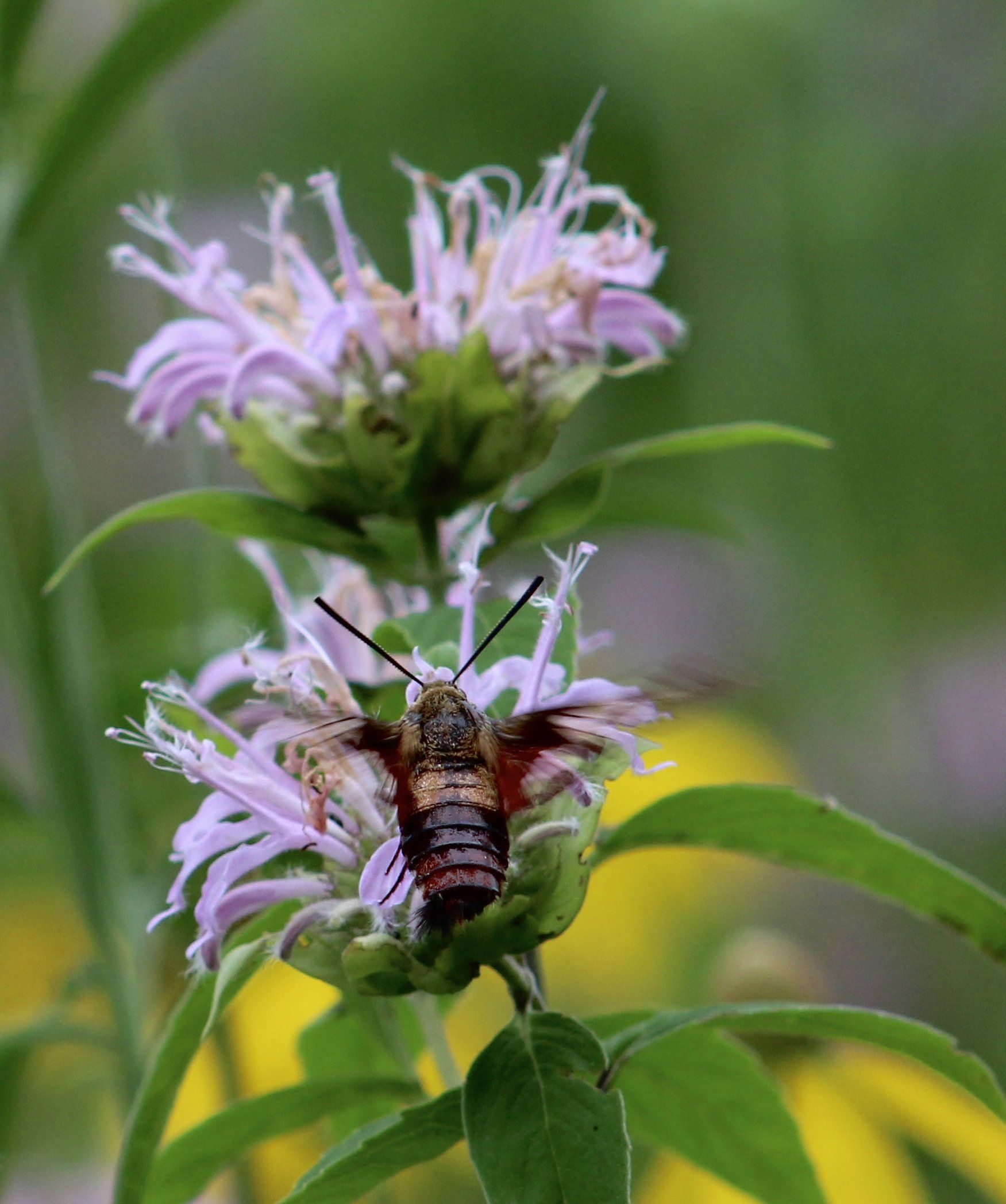
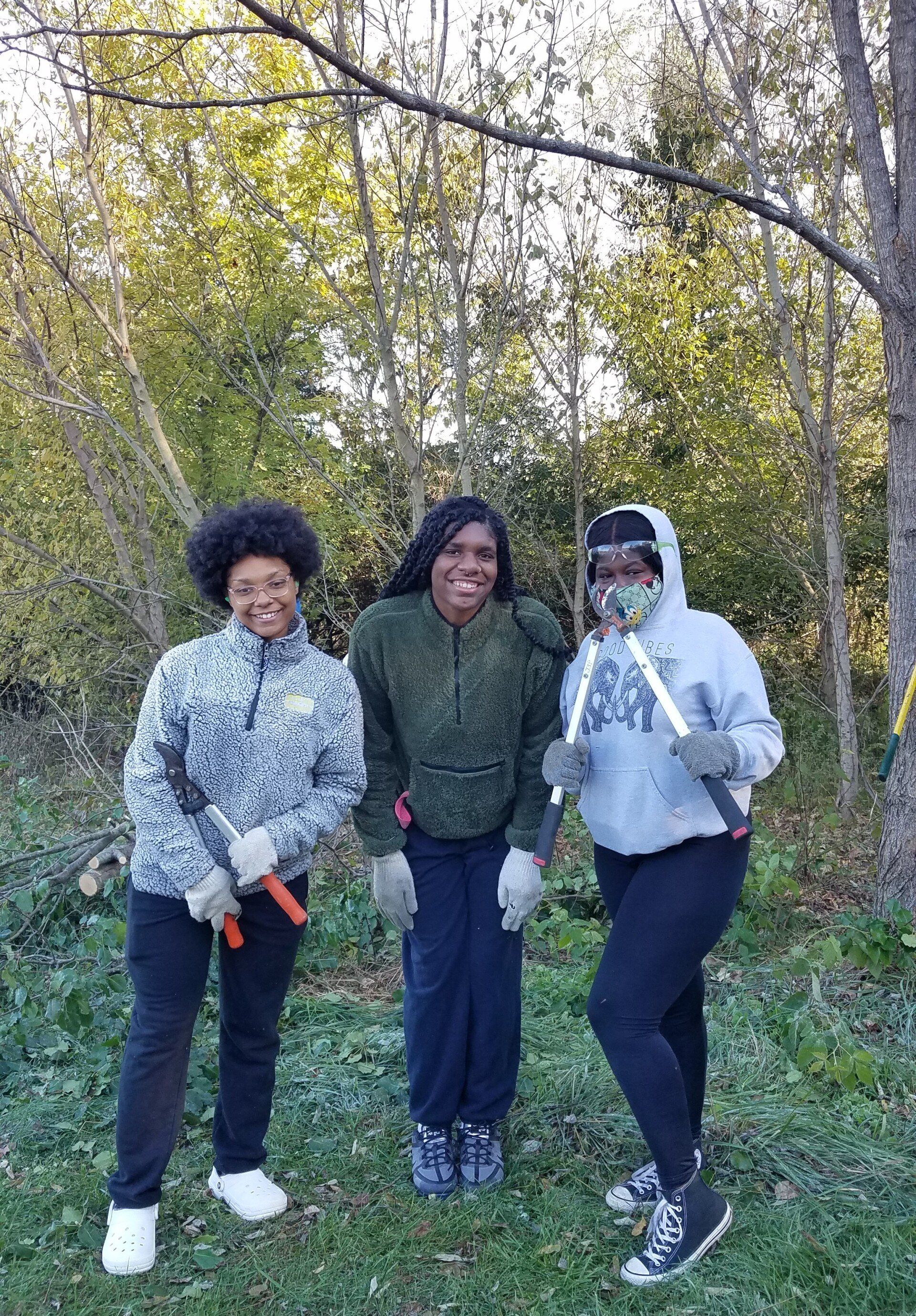
Land Conservation & Native Plants
We are committed to conserving land to expand contiguous habitat for native plants and wildlife and further increase our community’s access to nature and the arts. Through our Capital Campaign (2018-2022), we secured an additional 10-acre land purchase. In the future, we plan to establish a conservation easement to secure the land in perpetuity.
Our land management approach includes letting select areas grow naturally, introducing more native plant species, and removing invasive plant species. Example key projects include reforesting sections of the park with thousands of native tree saplings, removing invasive Callery and Bradford Pear trees, and establishing three native wildflower and grass meadows. Explore this inventory of native and invasive plant species you can find at the park.
Reforesting is a very important part of our work to provide wildlife habitat, support soil health, and increase biodiversity. Reestablishing forests also helps address noise and light pollution that disturb animal habitats. More mature trees along the edges of the park, including the "Grandmother Tree," are seed sources to aid forest recovery. Pink tape and bamboo sticks mark the native tree saplings planted throughout the park.
Birds, Pollinators, & Other Wildlife
All living things need food, water, shelter, and space to survive. These elements make up a habitat. Rapid and large-scale habitat loss worldwide makes it harder for wildlife everywhere to survive. We manage land with the intent to increase wildlife habitat. The park is even considered Certified Wildlife Habitat by the National Wildlife Federation! JSP's diverse habitat structures - a mix of meadow, young forest, and a pond - provide watering, feeding, and sheltering areas for wildlife like birds, rabbits, and deer. Native plants attract and provide food and shelter for wildlife such as butterflies and bees. We accomplish this work with the help of amazing partners:
Sustainable Infrastructure


Connecting with Nature
Our local and global communities face human-caused environmental injustices, climate change impacts, wildlife habitat destruction, and much more. Research reveals that an individuals’ nature connection is highly predictive, more predictive than knowledge, in promoting pro-environmental behaviors. We invite visitors to emotionally connect with nature and to experience that social (human) and ecological (more-than-human) wellbeing are symbiotic. This framework is known as the socio-ecological model of resilience, which inspires our work at JSP every day.
We believe that by increasing access to nature and providing creative experiences that cultivate visitors’ connection with nature and people, we are inspiring them to care for one another and the environment. We do this through the grounds and exhibition, large events, and environmental and arts education programs. Arts-based environmental education activities are one fantastic way to enhance individuals’ environmental literacy and connection with nature, fostering a commitment to environmental stewardship. Ultimately, we believe this work will help make the world a better place.

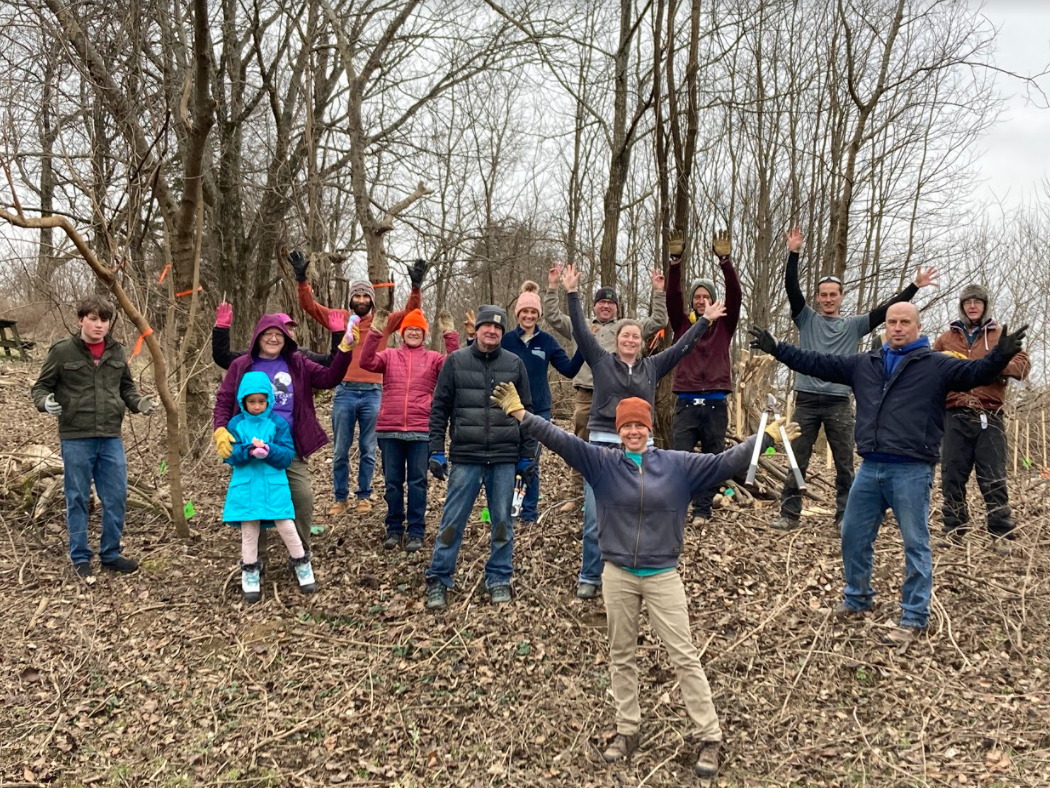
We need you! From Eagle Scout projects to pulling garlic mustard for a few hours, we have a variety of conservation-related volunteer opportunities throughout the year. Join us to help create a healthier, more resilient and beautiful park and Earth for us all.
The Park shares our rotating exhibition of contemporary sculpture and murals in the natural beauty of Kentucky’s native, rural landscape. We provide opportunities for artists and visitors of all ages and backgrounds to make genuine and creative real-life connections with nature.
Several areas throughout the Park are in different phases of restoration, and the Park is working hard to secure our 40 acres of land for generations to come. Your membership and donations support this effort all year long!
